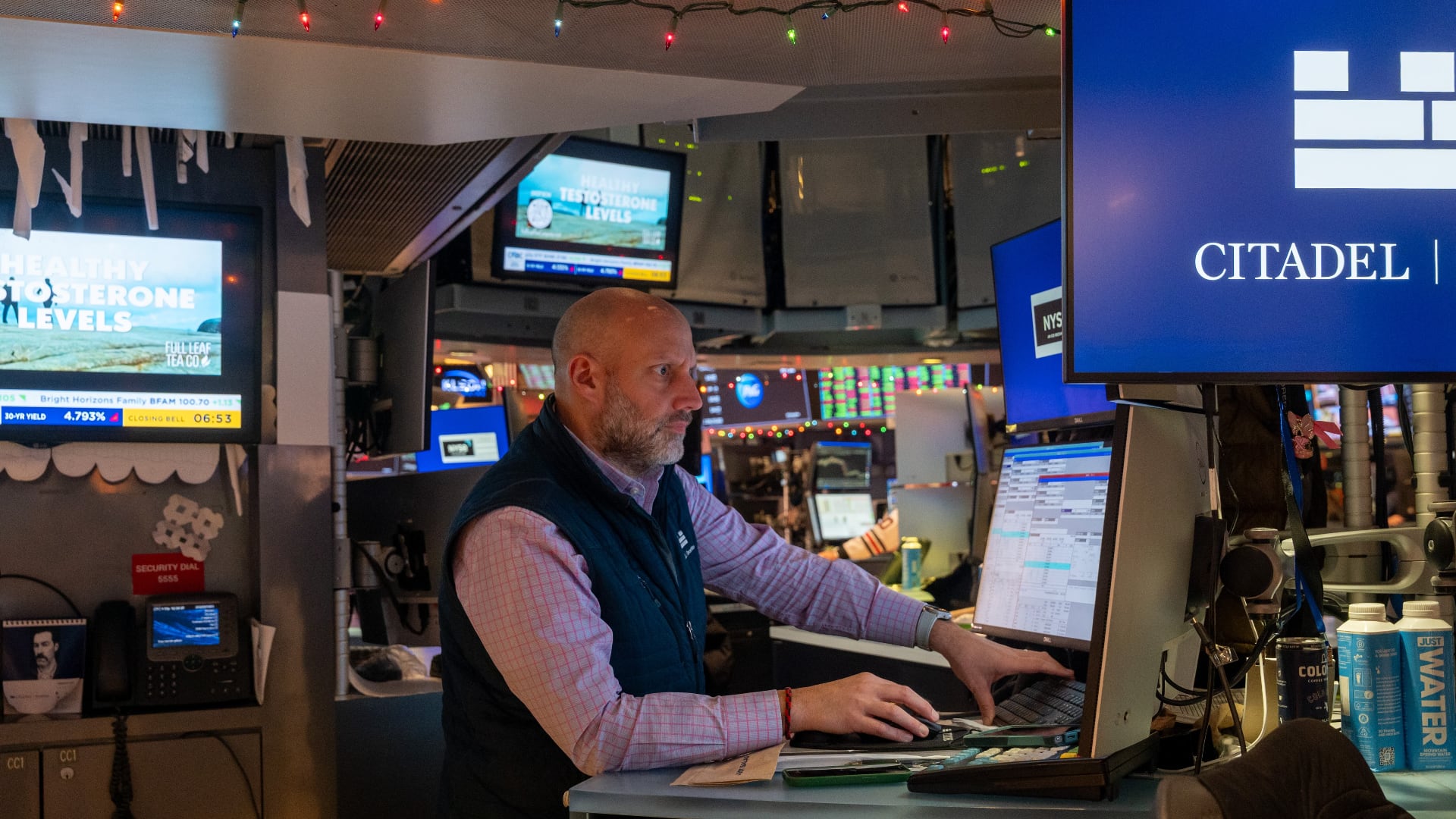It’s no secret that many Europeans don't seem very fond of American-made chocolate.
Take a look at the ingredients of a Cadbury bar from the UK and compare them to those in a Hershey’s chocolate bar. The recipes are nearly identical. So, how is it Europeans might find themselves disgusted by the taste? The answer lies in the milk used in both chocolates.
No, not like dairy versus its rival alternatives in the milk wars. In the case of the battle of the best chocolates, it comes down to how dairy milk is preserved.
Milton Hershey started his chocolate business in 1894, and it boomed for nearly 35 years when he decided to make a change to the ingredients as competition ramped up through the early 20th century. Instead of going for products that would boost the quality of the chocolate, which would ultimately raise overhead costs, Hershey went for longer preservation.
In 1930, the Hershey factory began introducing a process to the milk used in its chocolate that would extend the shelf life. Known as lipolysis, enzymes are mixed into milk to help break down fats and lipids. In order to get the process going, butyric acid must first be added to the mixture.
The acid is naturally occurring in rancid butter, spoiled milk, animal fats — and even human vomit. All things that don’t smell the very best, have a very distinct taste, and likely behind why Europeans tend not to dabble in American-made chocolate.
With Hershey’s new process, chocolate could live on shelves for up to a year. Cadbury had a similar shelf life — but its steps to extend it didn’t include revamping the recipe with partially sour milk.
For Americans, and the Defense Department, in particular, the new recipe was a hit. The company scored a contract with the Army during World War II to produce D-rations, which were emergency meal replacements. In 1945, the last year of the war, the company was producing upwards of 24 million chocolate bars per week.
That same year, the Hershey Chocolate Corp. received its fifth Army-Navy E Award for its contributions to the war. As a result of its new method, other American chocolatiers began to implement the process that not only preserved chocolate but gave it that distinct taste.
Today, Hershey continues the practice of lipolysis, although more efficient methods have been introduced that maintain shelf life. For the chocolate maker, it's also about preserving a classic taste Americans have come to love.
Video produced by Ali Larkin and John Tejada. Article written by Lawrence Banton.



